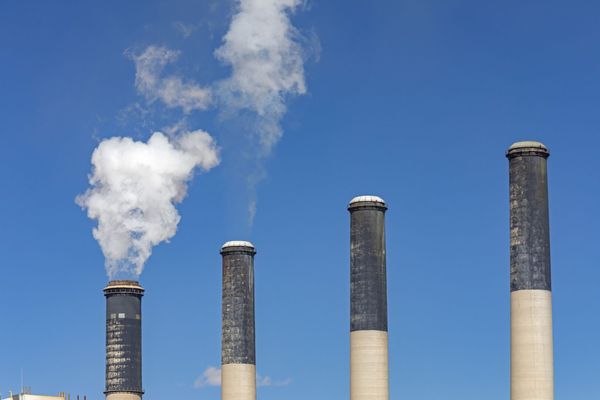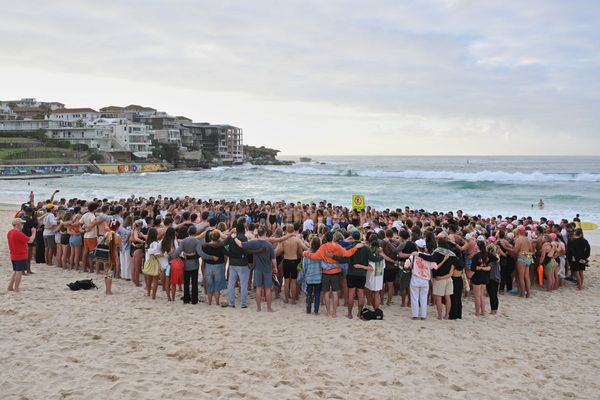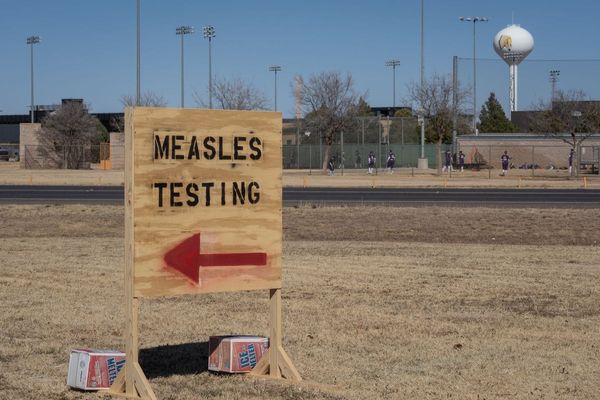
Tsunami waves have hit parts of Russia, Japan and the United States after a massive earthquake off the Russian coast, with alerts issued for dozens of other countries across Latin America, Asia and the Pacific.
But the danger appeared to be waning in some places, with the US state of Hawaii and Japan downgrading their warnings. Authorities on Russia’s Kamchatka Peninsula and Kuril Islands near the quake’s epicentre also cancelled their tsunami warning on Wednesday evening after a flooded seaport town there had earlier been evacuated.
Russian authorities said some risk of large waves remained, while the Klyuchevskoy volcano in the country’s remote Kamchatka region also erupted.

‘Potential to generate large tsunamis’
Residents in parts of coastal Pacific, Asian and Latin American areas remained ready for potential tsunami waves stemming from one of the largest quakes on record.
Tsunami waves have already reached the Marquesas Islands in French Polynesia, where they are expected to reach 1.1-2.5 metres (3.6-8.2 feet), according to the High Commission of the Republic.
Residents on the islands have been urged to go to safe zones, either at higher elevations or far offshore, and stay there until the official alert is lifted.
The US Tsunami Warning Centers said waves as high as 3 metres (9.8ft) could hit Ecuador, while waves of 1-3 metres (3.3-9.8ft) were possible in Hawaii, Chile, Peru, Costa Rica, Japan and some Pacific islands. Ecuador ordered preventative evacuations of the Galapagos Islands, as well as beaches and other low-lying areas.
Chile’s disaster agency, SENAPRED, declared a tsunami red alert for municipalities along the coastline between the regions of Arica and Parinacota, in the north of the country, and Magallanes in the south.
‘Potential for large tsunamis’
Nathan Bangs, a research professor at the University of Texas Institute for Geophysics, told Al Jazeera that the widespread global impact is because the earthquake occurred in a “subduction zone setting that has the potential to generate large tsunamis”.
“It is similar to other settings that have generated large tsunamis in recent years that followed earthquakes, such as Sumatra in 2004 and Tohoku in 2011,” Bangs said.
The US National Weather Service originally issued tsunami “warnings” for Hawaii, Alaska’s Aleutian Islands and parts of California, as well as lower-level tsunami advisories for parts of Washington and Oregon. A less serious tsunami watch was in place for the entire US West Coast.
However, the threat level for Alaska and the Hawaiian islands was later downgraded from a warning to an advisory, meaning that people who had evacuated can now return to their homes.
“It does appear that Hawaii has avoided a major tsunami, which it feared it might be subjected to, but it did record a tsunami surge of at least a metre,” reported Al Jazeera’s Rob McBride from Kuala Lumpur, Malaysia.
McBride noted that the island of Guam and the northern Marianas in the western Pacific, which have also had their alert warnings lifted, “seem to have avoided the worst of this tsunami”.
Tsunami waves reached California’s San Francisco at 1:12am (08:12 GMT), according to the National Weather Service, with the tsunami making its way further down the coast. A tsunami warning remains in effect for coastal areas spanning from Cape Mendocino to the Oregon/California border. An advisory is in place for coastal areas from the California/Mexico border to Cape Mendocino, California, including San Francisco Bay.

US President Donald Trump had urged residents in Hawaii, Alaska and along the Pacific coast to pay attention to tsunami-related advisories.
“STAY STRONG AND STAY SAFE!” Trump said in a social media post.
Japanese authorities said they expected waves as high as 3 metres (9.8 ft) to hit some coastal areas and issued evacuation orders for people in coastal areas or along rivers. The first waves, measuring about 30cm (1ft) high, came in on the northern Japanese island of Hokkaido on Wednesday morning, according to Japanese media reports.
Japanese Prime Minister Shigeru Ishiba urged the public to evacuate from affected areas, and footage posted on social media showed residents of some Japanese coastal communities moving to higher ground.
Japan’s Fire and Disaster Management Agency did not report any damage or injuries, and the country’s weather agency later downgraded tsunami alerts for a wide swath of the archipelago, including those spanning from the eastern Ibaraki region to the southern Wakayama region.
However, the agency said warnings still apply for areas in Hokkaido Prefecture and the Tohoku region.
‘Strongest quake in decades’
The US Geological Survey (USGS) said the 8.8 magnitude quake that caused the tsunamis, revised up from an earlier estimate of 8.0, struck 136km (85 miles) east of the city of Petropavlovsk-Kamchatsky in Russia’s far east.
Kamchatka Governor Vladimir Solodov said in a video posted on Telegram that the quake was the “strongest in decades”.
The regional health minister, Oleg Melnikov, told Russia’s state-run TASS news agency that several people had been injured in the earthquake, but none of them seriously.
Robert Weiss, a tsunami expert at Virginia Tech, said the tsunamis could cause serious damage.
“It is correct to be worried about this one,” Weiss told Al Jazeera.
“Three metres is pretty destructive,” he said.







